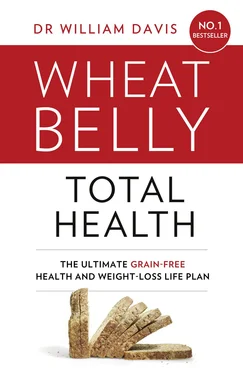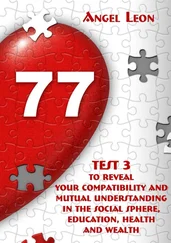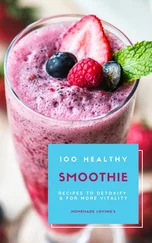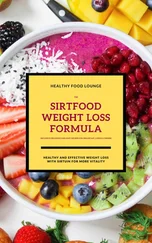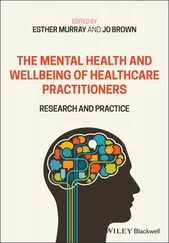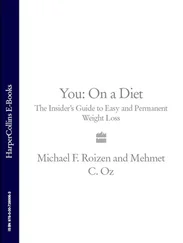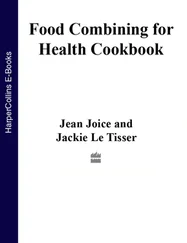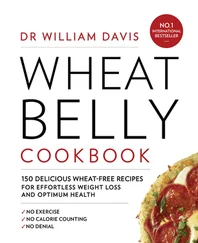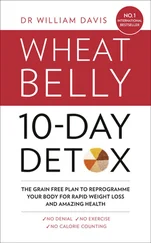The wheat, corn and rice that make up 50 per cent of the human diet in the 21st century are not the wheat, corn and rice of the 20th century. They’re not the wheat, corn and rice of the Middle Ages, nor of the Bible, nor of the Egyptian empire. And they are definitely not the same wheat, corn and rice that were harvested by those early hungry humans. They are what I call ‘Frankengrains’: hybridized, mutated, genetically modified to suit the desires of agribusiness, and now available at a supermarket, convenience store or school near you.
Wheat: What Changed . . . and Why Are the Changes So Bad?
All strains of wheat, including traditional strains like spelt and emmer, are problems for nonruminant humans who consume them. But modern wheat is the worst.
Modern wheat looks different: shorter, thicker shaft, larger seeds. The reduction in height is due to mutations in Rh (reduced height) genes that code for the protein gibberellin, which controls stalk length. This one mutant gene is accompanied by other mutations. Changes in Rh genes are thereby accompanied by other changes in the genetic code of the wheat plant. 5There’s more here than meets the eye.
Gliadin
While gluten is often fingered as the source of wheat’s problems, it’s really gliadin, a protein within gluten, that is the culprit behind many destructive health effects of modern wheat. There are more than 200 forms of gliadin proteins, all incompletely digestible. 6One important change that has emerged over the past 50 years, for example, is increased expression of a gene called Glia 9, which yields a gliadin protein that is the most potent trigger for coeliac disease. While the Glia- 9 gene was absent from most strains of wheat from the early 20th century, it is now present in nearly all modern varieties, 7probably accounting for the 400 per cent increase in coeliac disease witnessed since 1948. 8
New gliadin variants are partially digested into small peptides that enter the bloodstream and then bind to opiate receptors in the human brain – the same receptors activated by heroin and morphine. 9Researchers call these peptides ‘exorphins’, or exogenous morphine-like compounds. Gliadin-derived peptides, however, generate no ‘high’, but they do trigger increased appetite and increased calorie consumption, with studies demonstrating consistent increases of 400 calories per day, mostly from carbohydrates.
Gluten
Gluten (gliadin + glutenins) is the stuff that confers the stretchiness unique to wheat dough. Gluten is a popular additive in processed foods such as sauces, instant soups and frozen foods, which means the average person ingests between 15 and 20 grams (g) per day. 10Gluten has been genetically manipulated to improve the baking characteristics of its glutenin. Geneticists have therefore crossbred wheat strains repeatedly, bred wheat with nonwheat grasses to introduce new genes, and used chemicals and radiation to induce mutations. Breeding methods used to alter gluten quality do not result in predictable changes. Hybridizing two different wheat plants yields as many as 14 unique glutenin proteins never before encountered by humans. 11
Wheat Germ Agglutinin
The genetic changes inflicted on wheat have altered the structure of wheat germ agglutinin (WGA), a protein in wheat that provides protection against moulds and insects. The structure of WGA in modern wheat, for instance, differs from that of ancient wheat strains. 12WGA is indigestible and toxic, resistant to any breakdown in the human body, and unchanged by cooking, baking and sourdough fermentation. Unlike gluten and gliadin, which require genetic susceptibility to exert some of their negative effects, WGA does its damage directly. WGA alone is sufficient to generate coeliac disease-like intestinal damage by disrupting microvilli, the absorptive ‘hairs’ of intestinal cells. 13
Phytates
Phytic acid (phytates) is a storage form of phosphorus in whin-breeding efforts over the past 50 years have eat and other grains. Because phytates also provide resistance to pests, graselected strains with increased phytate content. Modern wheat, maize and millet, for instance, each contain 800 milligrams (mg) of phytates per 100 g (31⁄2 ounces) of flour. Phytate content increases with fibre content, so advice to increase fibre in your diet by consuming more ‘healthy whole grains’ also increases the phytate content of your diet. As little as 50 mg of phytates can turn off absorption of minerals, especially iron and zinc. 14Children who consume grains ingest 600 to 1,900 mg of phytates per day, while enthusiastic grain-consuming cultures, such as modern Mexicans, ingest 4,000 to 5,000 mg of phytates per day. These levels are associated with nutrient deficiencies. 15
Alpha-Amylase Inhibitors and Other Allergens
Wheat allergies are becoming more prevalent. Numerous allergens have been identified in modern wheat that are not present in ancient or traditional forms of the plant. 16The most common are alpha-amylase inhibitors , which are responsible for causing hives, asthma, cramps, diarrhoea and eczema. Compared with older strains, the structure of modern alpha-amylase inhibitors differs by 10 per cent, meaning it may have as many as several dozen amino acid differences. As any allergist will tell you, just a few amino acids can spell the difference between no allergic reaction and a severe allergic reaction, or even anaphylactic shock. People in the baking industry frequently develop a condition called baker’s asthma . There is also a peculiar condition called wheat-derived exercise-induced anaphylaxis (WDEIA), a severe and life-threatening allergy induced by exercising after eating wheat. Both conditions are caused by an allergy to gliadin proteins. 17Many other proteins have undergone changes over the last 40 years: lipid transfer proteins, omega-gliadins, gamma-gliadins, trypsin inhibitors, serpins and glutenins. All trigger allergic reactions.
Life Outside the Grain Mooovement
The start of grain consumption for humans coincides with the dawn of the domestication of livestock. We learned that some herbivorous species, such as aurochs and ibex, when confined and allowed to reproduce in captivity, could be put into the service of the human diet. While we were domesticating these creatures into cows and goats, they showed us that their diet of grasses was also something we could try to mimic. They also contributed to human diseases by giving us smallpox, measles, tuberculosis, and rhinoviruses that cause the common cold.
While much of the world followed the lead of grazing ruminants and adopted a diet increasingly reliant on the seeds of grasses, not all cultures took this 10,000-year dietary detour. A number of hunter-gatherer societies throughout the world never embraced grains, relying instead on traditional omnivorous menus. The diets followed by such societies therefore largely reflect the diets of pre-Neolithic humans, i.e., diets that pre-date the development of agriculture. The modern world has, over the past few hundred years, encroached on these primitive societies, particularly if their land or other resources were prized. (Think Native Americans and Canadians of the Pacific Northwest or Aboriginal populations of Australia.) Each instance provides a virtual laboratory to observe what happens to health when there is a shift from a traditional grain-free to a modern grain-filled diet.
We have cultural anthropologists and field-working doctors to thank for such insights. Scientists have studied, for instance, the San of southern Africa, Kitavan Islanders of Papua New Guinea and the Xingu peoples of the Brazilian rainforest, all of whom consume foods obtained from their unique habitats. None consume modern processed foods, of course, meaning no grains, no added sugars, no hydrogenated oils, no preservatives and no artificial food colouring. People following their ancestral diets consistently demonstrate low body weight and body mass index (BMI); freedom from obesity; normal blood pressure; normal blood sugar and insulin responses; lower leptin levels (the hormone of satiety); and better bone health. 18Body mass index, reflecting a ratio of weight to height, is typically 22 or less, compared with our growing ranks of people with BMIs of 30 or more, with 30 representing the widely accepted cutoff for obesity. The average blood pressure of a Xingu woman is 102/66 mmHg, compared with our typical blood pressures of 130/80 or higher. The Xingu experience less osteoporosis and fewer fractures.
Читать дальше
